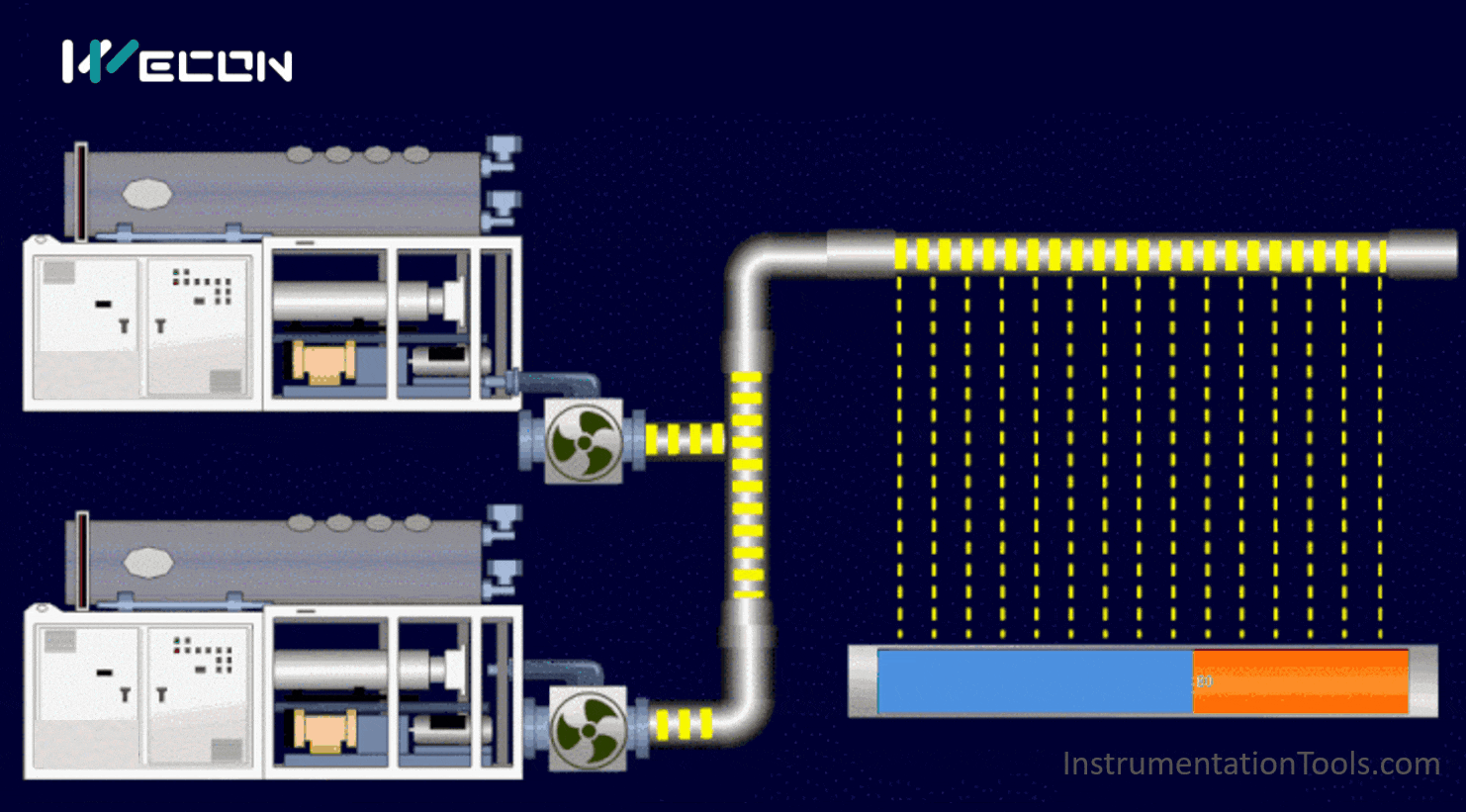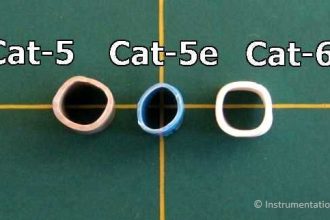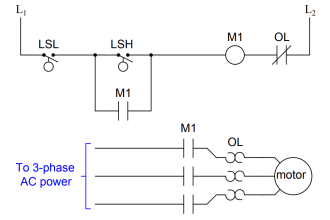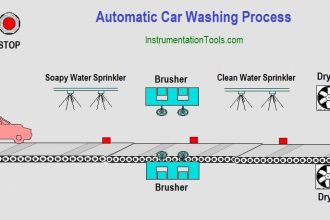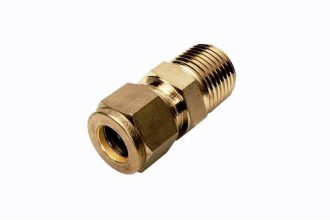Components of Mass Spectrometer Questions & Answers
1. Which of the following is not a component of mass spectrometer?
a) Inlet system
b) Sweep generator
c) Ion transducer
d) Mass analyser
Answer: b
Explanation: Sweep generator is not a component of mass spectrometer. It is a component of NMR spectrometer.
2. Which of the following can be introduced into the ionization chamber directly?
a) Solid samples with low vapour pressure
b) Solid samples with high vapour pressure
c) Liquid samples with low density
d) Liquid samples with high density
Answer: a
Explanation: Solid samples with low vapour pressure can be introduced into the ionization chamber directly.
3. Inlet system is also known as which of the following?
a) Initial system
b) Sample reservoir
c) Sample handling system
d) Element injection system
Answer: c
Explanation: Inlet system introduces the sample into the ion source. Hence, it is called sample handling system.
4. Which of the following is normally done to convert the sample into gaseous state?
a) Sample is pressurized
b) Chemical reactions are made to occur
c) Sample is heated
d) Sample is cooled
Answer: c
Explanation: The sample must always be in gaseous state. Hence, liquid sample must be heated before introducing them into the ionization chamber.
5. Which of the following probes are used for the introduction of the sample?
a) Silica
b) Quartz
c) Graphite
d) Silver
Answer: a
Explanation: Solid samples with low vapour pressure are introduced into the entrance of the chamber. They are introduced using silica or platinum probe.
6. Which of the following is not a type of ionisation?
a) Field ionisation
b) Spontaneous ionisation
c) Spark ionisation
d) Chemical ionisation
Answer: b
Explanation: Spontaneous ionisation is not a type of ionisation. In mass spectrometer, ionisation is brought about by thermal or electrical energy.
7. Mass analyser is similar to which of the following in optical spectrometer?
a) Source
b) Monochromator
c) Detector
d) Sample
Answer: b
Explanation: Mass analyser is similar to monochromator in optical spectrometer. It separates ions according to their mass/charge ratio.
8. Which of the following is not one of the types of mass analyser?
a) Magnetic sector analyser
b) Frequency sweep analyser
c) Double focussing spectrometer
d) Time of flight analyser
Answer: b
Explanation: Frequency sweep analyser is not a type of mass analyser. There are many devices available for mass analysis.
9. Which of the following is not a type of ion detector used in mass spectrometers?
a) Electron multiplier
b) Flame emission detector
c) Faraday cup collector
d) Photographic plates
Answer: b
Explanation: Flame emission detector is not a type of ion detector used in mass spectrometers. Ion detectors produce current on the output side when there are ions on the input side.
10. Which of the following is used to inject liquid samples?
a) Hypodermic needle
b) Glass bulb
c) Capillary tube
d) Curvette
Answer: a
Explanation: Liquid samples are injected through hypodermic needles. It is vaporized at low pressure.
11. Under which of the following temperatures is the ionisation chamber maintained?
a) 100oC
b) 200oC
c) 300oC
d) 400oC
Answer: b
Explanation: The ionisation chamber is maintained at 200oC. It is also maintained at low pressure.
12. Given below is the block diagram of mass spectrometer. Identify the unmarked component.

a) Inlet system
b) Ionisation chamber
c) Vacuum system
d) Ion transducer
Answer: d
Explanation: The unmarked component is ion transducer. It will give current at the output at its output side when ions are present on the input side.
13. Which of the following is not a characteristic of nebulizers that are commonly used?
a) Low cost
b) Low uptake rate
c) High efficiency
d) High uptake rate
Answer: d
Explanation: Commonly used nebulizers have low uptake rate. They also have low cost and high efficiency.
14. In glow discharge ion source, the sample is atomised by which of the following process?
a) Evaporation
b) Sputtering
c) Heating
d) Annealing
Answer: b
Explanation: In glow discharge ion source, the sample is atomised by the process of sputtering. It not only atomizes the sample but also provides means by which these atoms are ionized








